Giant TCR Advanced Pro Disc 1 review
We tested out the Ultegra equipped TCR Advanced Pro Disc 1, and held it in higher regard than the pricier TCR SL

Ultimately it’s a fantastic bike. I’m not one to ascribe an ethereal quality to a machine, they are never more than the sum of their parts to me. But these are some special parts and when you add them together you get something that is never less than that – a total complete race bike.
-
+
Lighter than much of the competition
-
+
Great value wheelset
-
+
Excellent handling
-
-
External cable routing
-
-
Lack of aftermarket stems
-
-
Saddle may not be for everyone
You can trust Cycling Weekly.
The Giant TCR Advanced Pro Disc 1 was selected for an Editor's Choice award in 2020. This year's list contains 78 items which scored a 9 or 10/10 with our tech team - this gear is the best of the best, and has received the Cycling Weekly stamp of approval.
Total. An adjective meaning complete, absolute; nothing more and certainly nothing less. That’s what the T of TCR stands for (the C and R being “compact” and “road” respectively) and it’s a moniker that the more than 20-year old range has been studiously living up to for much of its lifetime.
>>> Giant TCR Advanced SL 0 Disc reviewed
As a result, the TCR has a devout following among a group of people who value its total devotion to being fast, racy and light. So we can be confident that when Giant’s designer sat down to reinvent this bike that first appeared in 1997 they knew they had a task on their hands.
The frame
Full disclosure at this point: I own a Giant TCR Advanced (not the Pro one) that I bought with my own cash only last year and it’s been a very enjoyable and reliable steed. Upon seeing the first press shots of the new one I was hard pressed to tell the difference. It looks, unsurprisingly, like a Giant TCR.
Up close, however, the differences are instantly noticeable and almost all in the name of aerodynamics. The down-tube has been dramatically flattened, the fork has been tweaked to be wider laterally and more aerofoil shaped and the foil shaped seat-tube has been replaced with an in-vogue D shape.
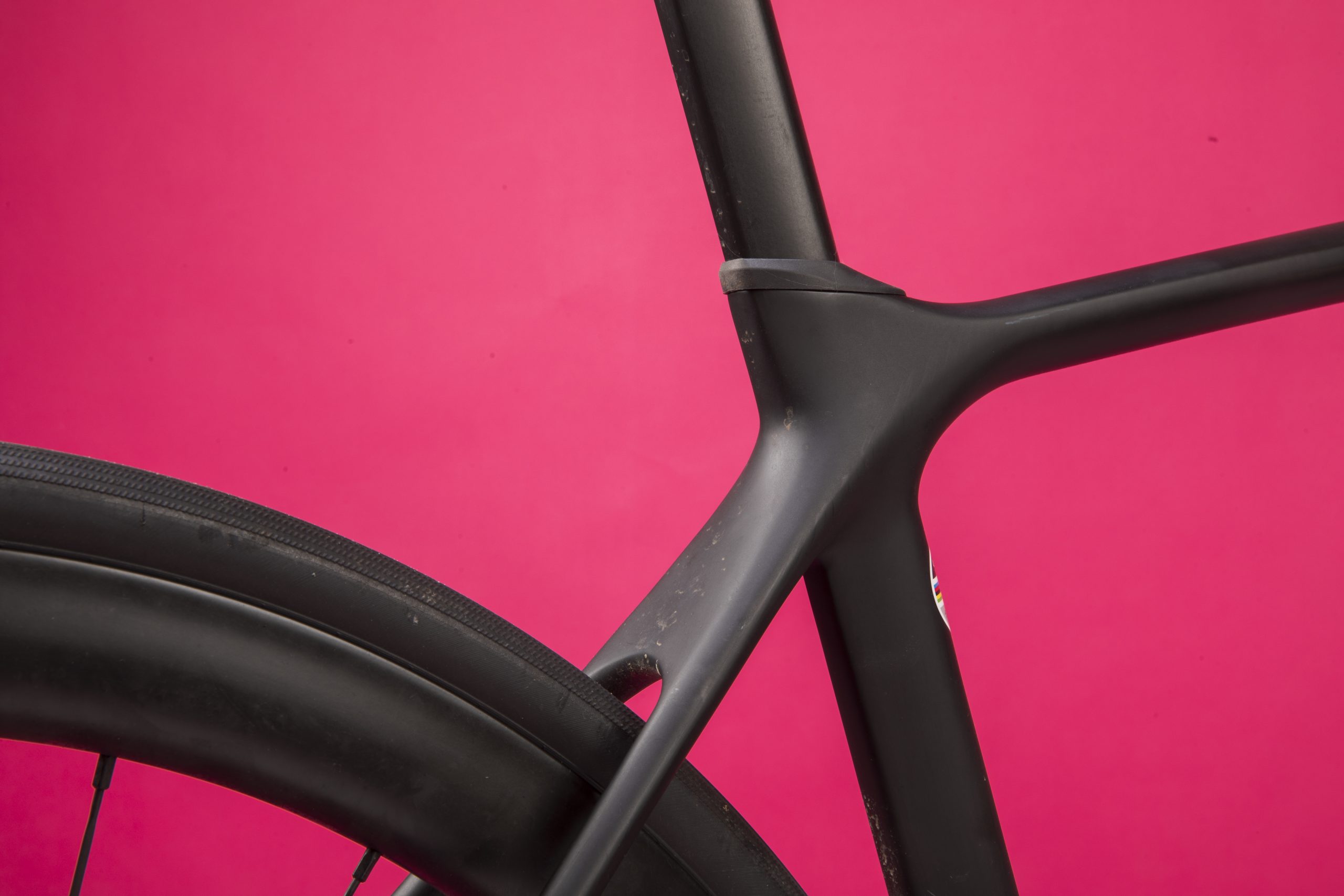
These are all things we’ve seen on other bikes seeking a few cheeky aero gains but then air doesn’t really care what brand is on the downtube of your bike, it treats them all the same, so convergence on similar solutions is to be expected. The one trend it eschews is dropped seat stays, but the compact frame shape the TCR has kept since it’s 1997 debut negates the need to do that to get lots of seat post exposed where it can flex.
It’s worth noting here that this frame is near identical the non-Pro version, but there are subtle changes.
The Pro version gains some girth in the steerer tube to stiffen it up going from 1 1/8 inch at the top to 1 ¼ and growing at the bottom from 1 ¼ inches to 1 1/2 inches. This Overdrive 2 steerer setup (achieved in the same frame with different bearings to its cheaper sister bike) will make it more awkward to find after-market stems and spacers but it does stiffen up the front end when you’re honking on the bars. My skinny arms could induce zero flex and I, mindful of a niggling back injury, was running it with a fair chunk of spacers.

That stiffness is complimented at the back end, which I couldn’t get to flex under load. It all adds up to an intoxicating feeling of efficiency and certainly tops the old model. No watts were lost in the researching of this review.
One rung up the ladder is the Pro SL model. This uses higher grade carbon and has an integrated seatpost. Our Cycling Weekly tester actually found this higher grade carbon a little bit too stiff, resulting in a ride that was - at times - clattery. Whilst these qualities are subjective, it seems that the lower specced Pro model has hit a good balance comparatively.
Components
Shimano’s mechanical Ultegra is as reliable and smooth as ever and here you get the full works, no cheapening on calipers or chainsets as is sometimes the case. The only bad thing you can really say about it is the shifters have a certain bulbous agricultural quality – though that’s only really noticeable at the café stop and not from the saddle. It does mean that if, like me, you have the delicate hands of a watchmaker then it may just be worth getting your grips around a pair to see if you like them.
The cables for those are not fully internal as is all the rage but do form a nice symmetrical sweep into the downtube, which at least makes home servicing a touch easier.
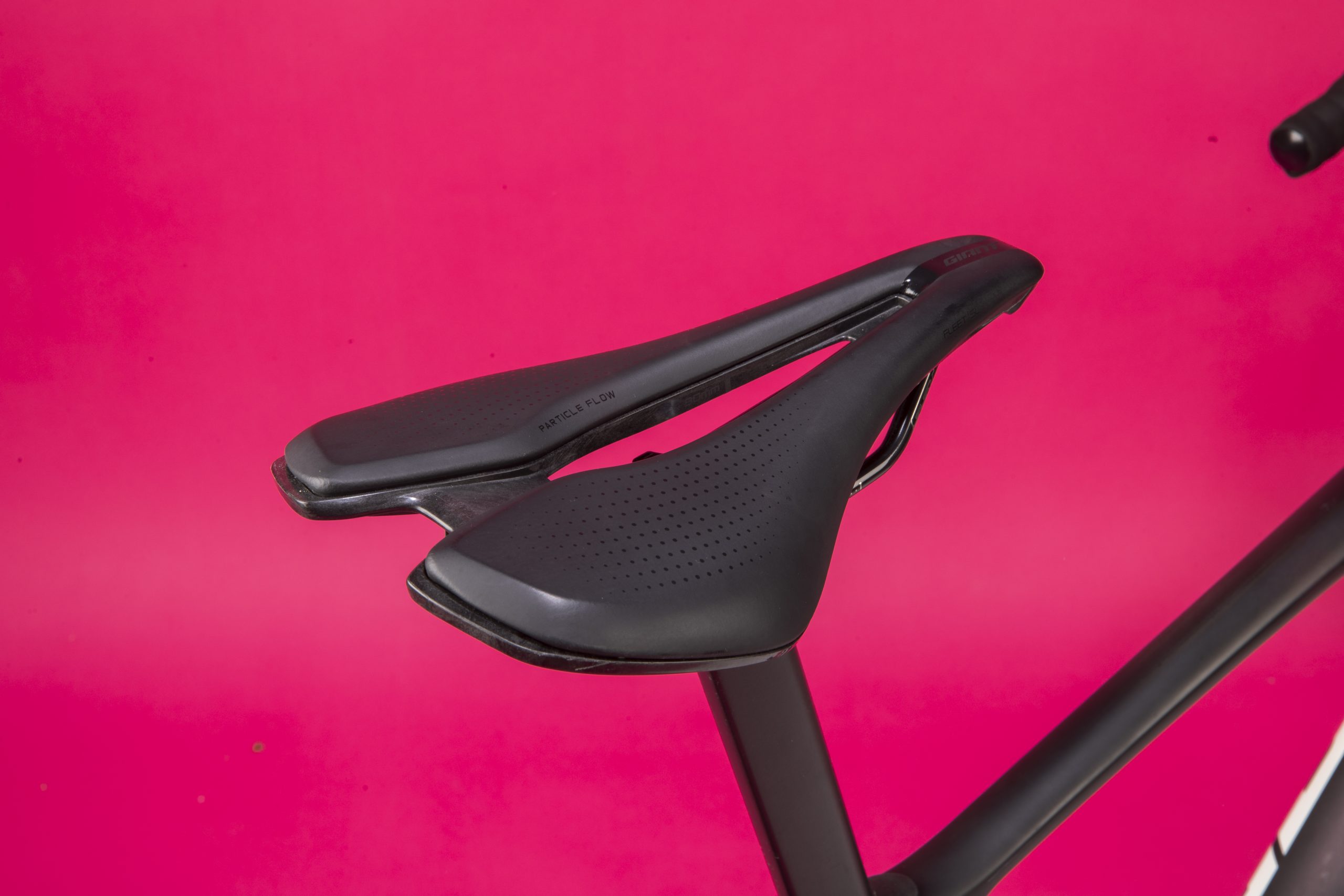
Almost everything else is Giant’s own and the saddle and bars I could make no complaints about other than maybe a slimmer saddle would suit me better – but that’s entirely personal. The power meter too is Giant’s own and does what a power meter does with aplomb. I had no odd power spikes or drop-outs in readings.
The real star here though is the wheels. A complete redesign from the previous model, they look sleek as hell, hold speed beautifully and pleasingly seem only mildly inconvenienced by crosswinds despite their 42mm deep carbon profile - all the attributes you's want for any set of the best road bike wheels. What’s more the retail price, we’re assured, will be north of £1,000 when they are available to buy separately, so they represent great value on a bike at this price, where other brands will regularly spec something more in the £700 ball park.
While we’re on the subject of value, it’s worth mentioning that you can buy the frameset for the TCR Advanced Pro Disc for an extremely competitive £1,349 so if you have a preferred set of wheels or a group set in your shed you need to use then, while the best value is most often in-stock models, there is only a minor penalty to building one yourself to your spec.
The ride
Of course there’s no point in speccing a bike to perfection if it rides like a pig and that I can assure you, the TCR Advanced Pro Disc 1 does not. The first thing you notice is the aforementioned efficiency but the second is the handling.
The TCR is known for having a balance to it and that’s still the case here. It though lulls you into a sense of security, confidently tracking along at speed and in slower corners. But throw it into a series of twists with wild abandon, change your line in the middle of them or swerve round potholes and it’s a lively flickable beast. Then seconds later it’ll settle down again to carry you with composure to the next set of gymnastic challenges. It really is all things you could ask for in this department.
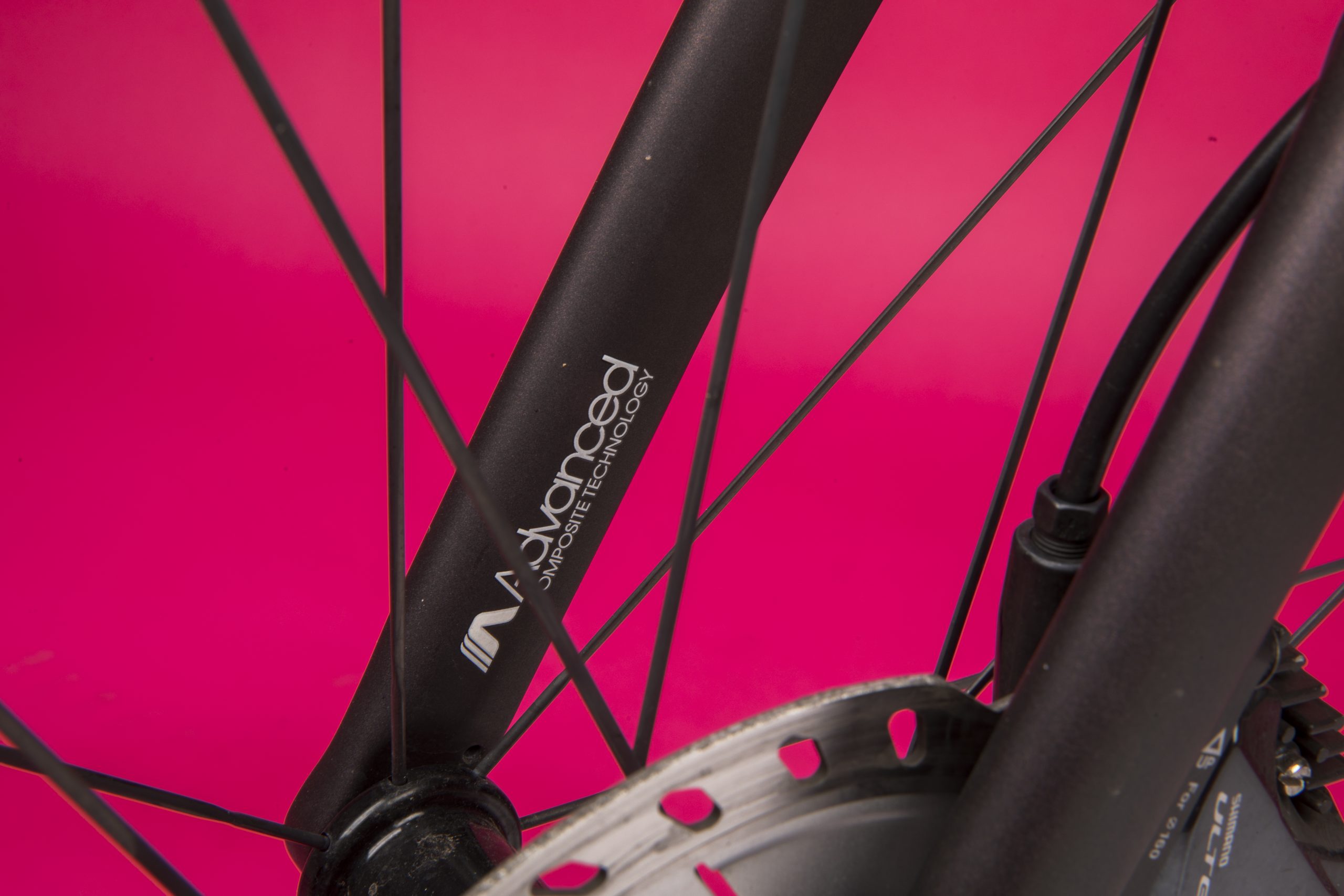
It’s impressively light as well. While I felt the deep rims on the wheels do take a micron of the edge off the sensation of lightness it came in under the claimed weight of 7.45kg on the CW scale at 7.2kg. That’s better than many of its competitors, notably the Trek Emonda, which in its top-end guise is a real weight weenie's dream, but lower down the ladder the new SL 6 Pro version weighs 8kg (admittedly for a 56cm frame). Combine that with the stiffness and efficiency and the TCR climbs beautifully.
It’s pretty comfortable too. My test bike had 25mm tyres (set up tubeless as all Gaint bikes are as standard) and while I was in no doubt about the state of the road surface beneath me it wasn’t jarring. The TCR will take up to 32mm tyres, depending on the tyre and rim combination you’re using, which should deliver you much of the comfort most of us will ever need.

I’m hard pressed to find fault with the TCR Advanced Pro Disc 1. Fully-internal cable routing would look a bit slicker but my head tells me I’d appreciate the maintenance ease that comes with the build as it is. The Shimano shifters could be a bit smaller, stems in the Overdrive 2 size can be hard to come by and maybe the saddle won’t be quite perfect for you. But those are all fairly minor quibbles.

Thank you for reading 20 articles this month* Join now for unlimited access
Enjoy your first month for just £1 / $1 / €1
*Read 5 free articles per month without a subscription

Join now for unlimited access
Try first month for just £1 / $1 / €1
Get The Leadout Newsletter
The latest race content, interviews, features, reviews and expert buying guides, direct to your inbox!
Having trained as a journalist at Cardiff University I spent eight years working as a business journalist covering everything from social care, to construction to the legal profession and riding my bike at the weekends and evenings. When a friend told me Cycling Weekly was looking for a news editor, I didn't give myself much chance of landing the role, but I did and joined the publication in 2016. Since then I've covered Tours de France, World Championships, hour records, spring classics and races in the Middle East. On top of that, since becoming features editor in 2017 I've also been lucky enough to get myself sent to ride my bike for magazine pieces in Portugal and across the UK. They've all been fun but I have an enduring passion for covering the national track championships. It might not be the most glamorous but it's got a real community feeling to it.
-
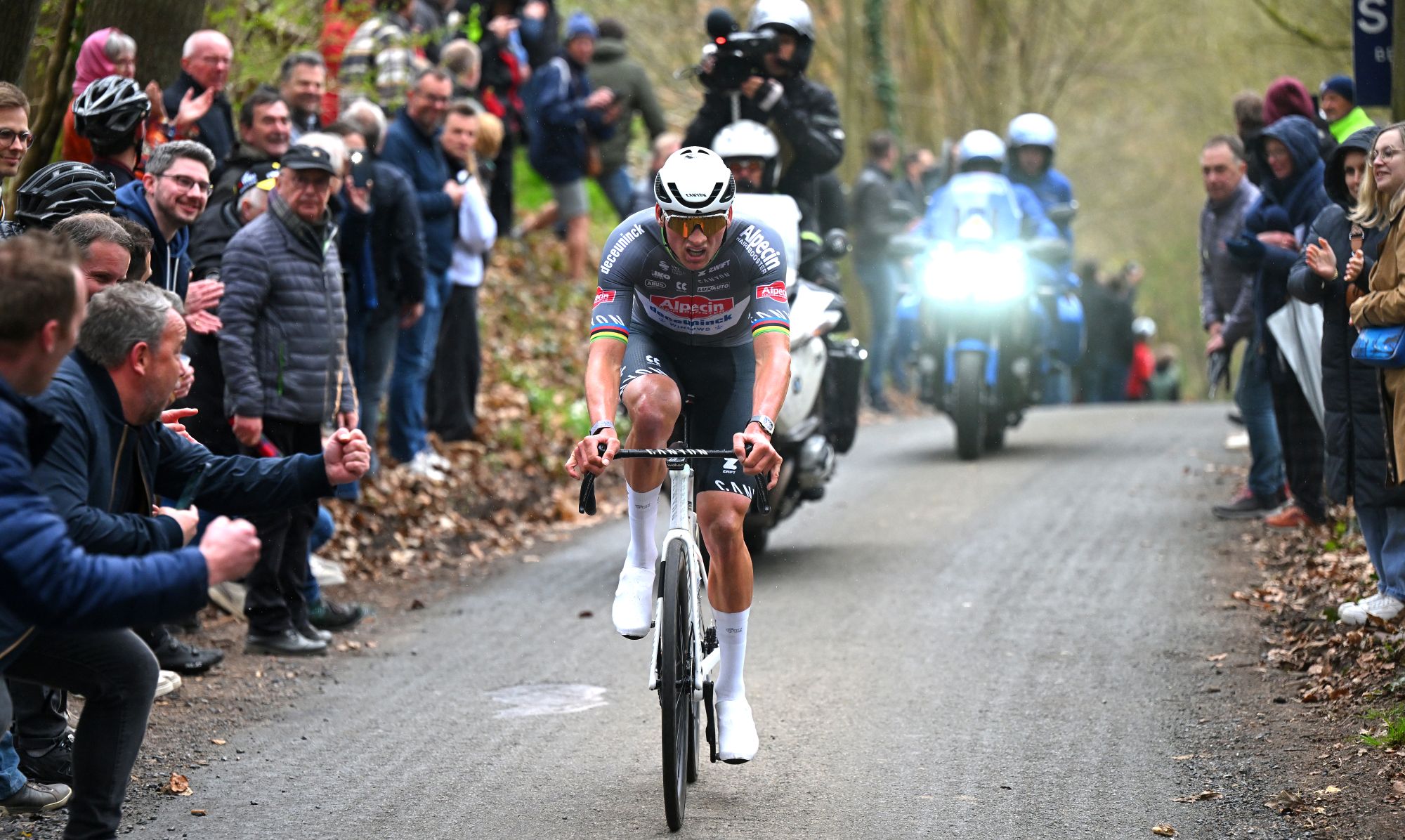 'I start every race to win' - Mathieu van der Poel fired up ahead of Paris-Roubaix showdown with Tadej Pogačar
'I start every race to win' - Mathieu van der Poel fired up ahead of Paris-Roubaix showdown with Tadej PogačarTwo-time winner says he has suffered with illness during spring Classics campaign
By Tom Thewlis Published
-
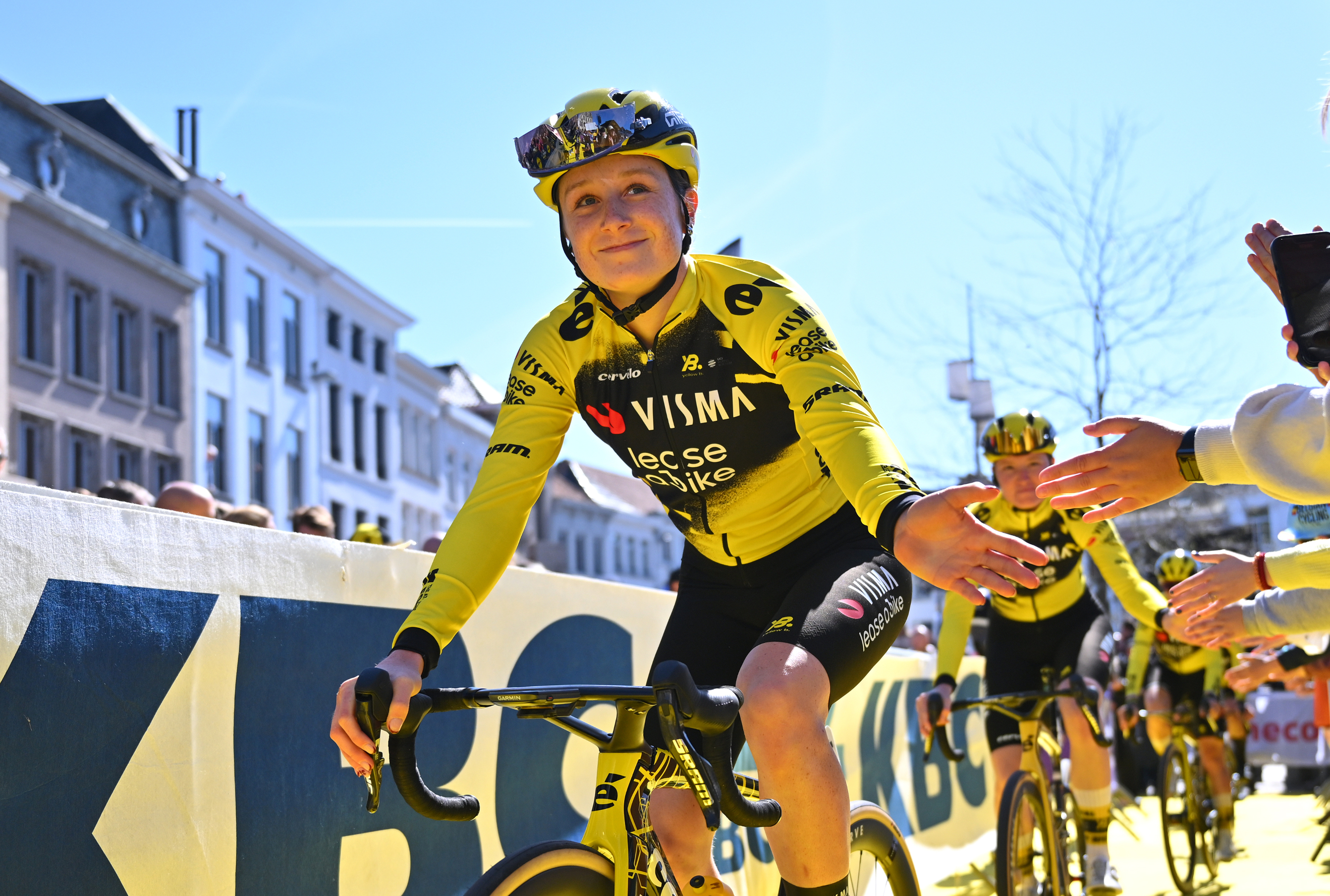 'It's really surreal that now I'm part of it' - 19-year-old Imogen Wolff set to go from spectator to racer at Paris-Roubaix
'It's really surreal that now I'm part of it' - 19-year-old Imogen Wolff set to go from spectator to racer at Paris-RoubaixBrit first came to see the 'Hell of the North' when she was six
By Tom Davidson Published
-
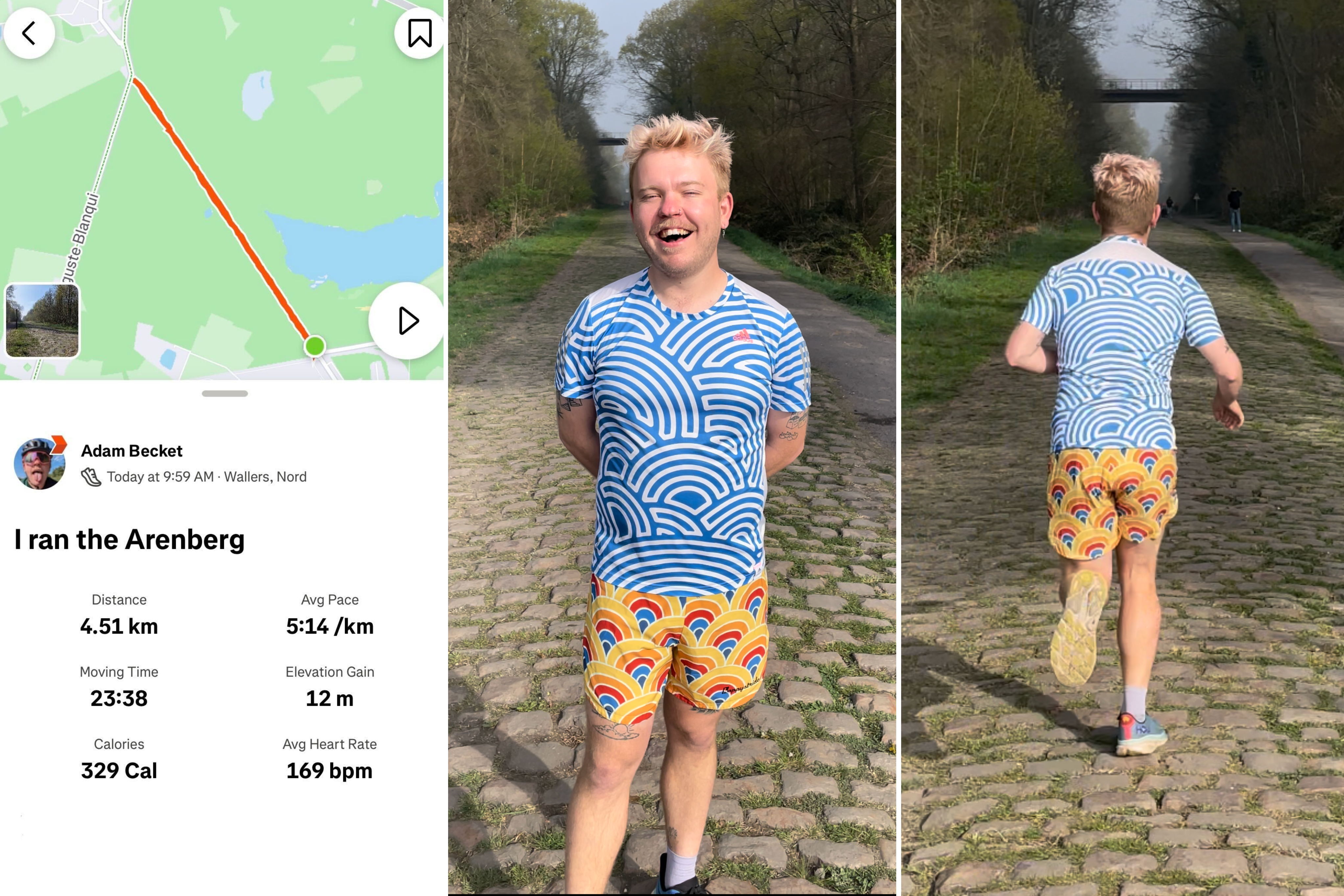 I ran Paris-Roubaix’s Arenberg sector and now I never want to cycle it
I ran Paris-Roubaix’s Arenberg sector and now I never want to cycle itThe five-star stretch of the Hell of the North was not an ideal surface for a 4.5km run, but it made for an interesting time
By Adam Becket Published